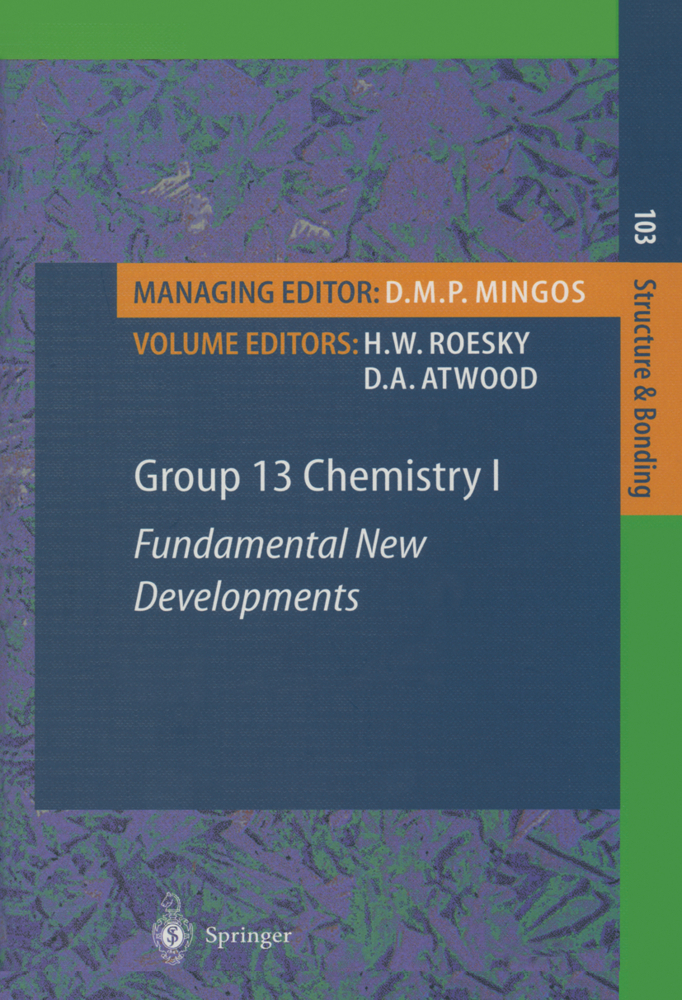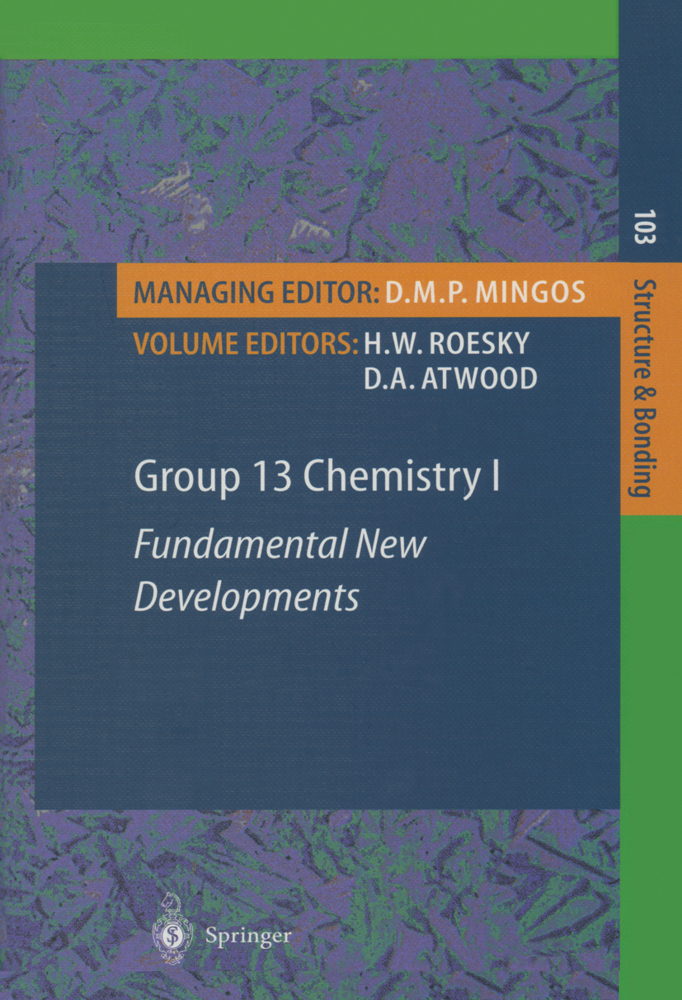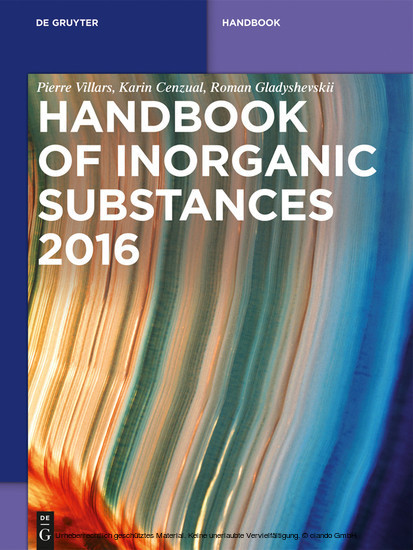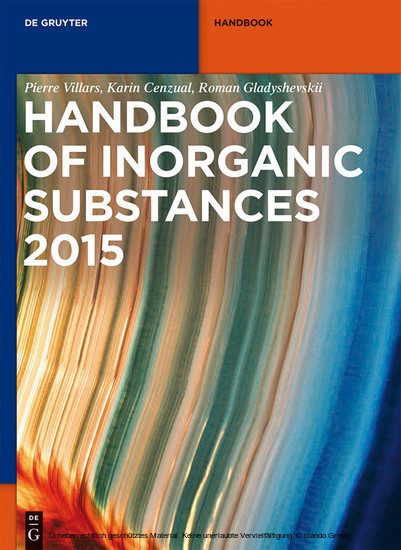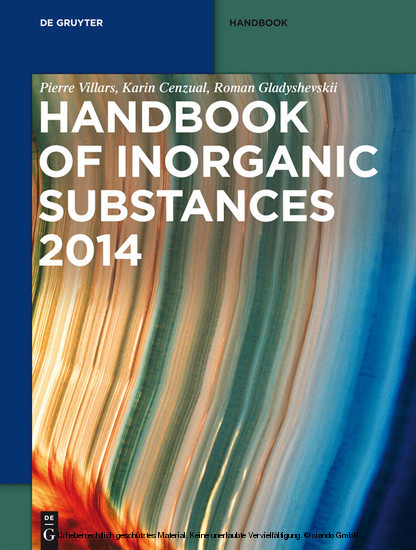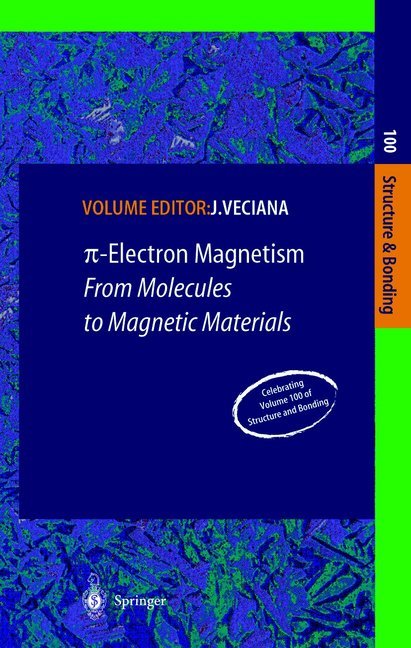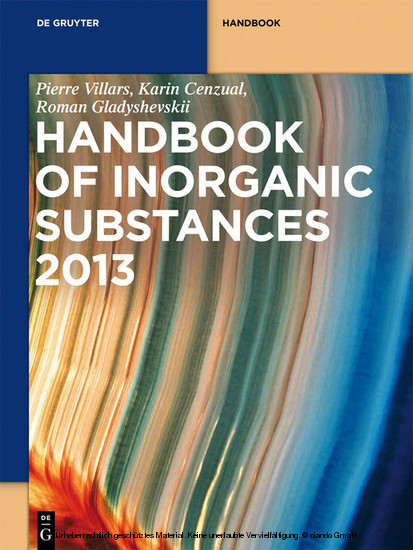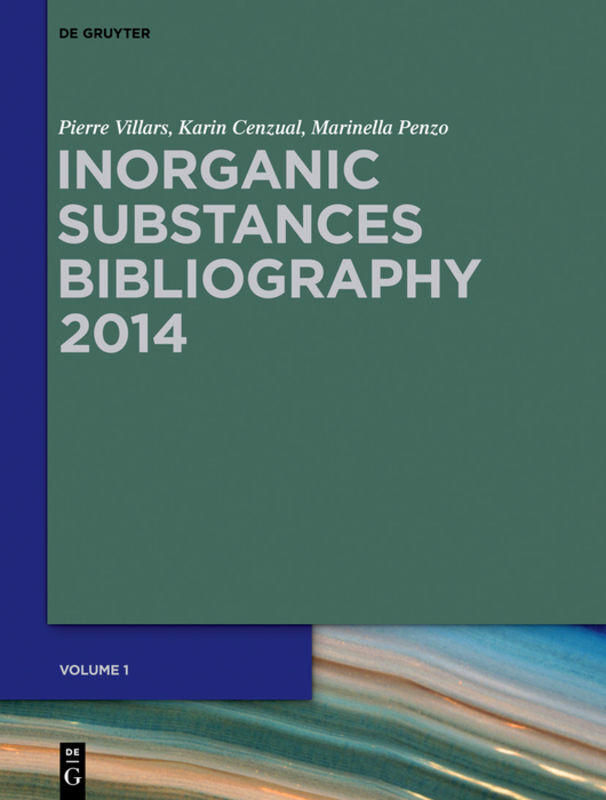Group 13 Chemistry I
Fundamental New Developments
Group 13 Chemistry I
Fundamental New Developments
Over the last decade our view of chemistry has evolved substantially. Whereas individual researchers previously focused on specific areas of chemistry, such as inorganic, organic, etc. we now take a more holistic approach. Effective and efficient research projects now incorporate whatever aspects of the chemistry subdisciplines that are needed to complete the intended work. The main group elements have always been used in this manner. Depending on the use of the elements, the resulting work can be described under any heading of chemistry. The group 13 elements have been special in this regard due to the very unique characters of the constituent elements. Thus, there is a dramatic change in the properties of the elements when proceeding through the series, B, A1, Ga, In, T1. This difference is one of the main reasons why these elements have seen, and continue to see, such widespread usage in such disparate applications as organic synthesis, electronic and structural materials, and catalysis, to name but a few.
The R2M+ Group 13 Organometallic Fragment Chelated by P-Centered Ligands
Synthesis, Structure and Reactivity of Group 13/15 Compounds Containing the Heavier Elements of Group 15, Sb and Bi.
Structure and Bonding in Boron-Containing Macrocycles and Cages - Comparison to Related Structures with Other Elements Including Organic Molecules
Multiple Bonding Between Heavier Group 13 ElementsThe R2M+ Group 13 Organometallic Fragment Chelated by P-Centered Ligands
Synthesis, Structure and Reactivity of Group 13/15 Compounds Containing the Heavier Elements of Group 15, Sb and Bi.
Roesky, H. W.
Atwood, D. A.
Höpfl, H.
Mahalakshmi, L.
Power, P.
Schulz, S.
Stalke, D.
| ISBN | 978-3-642-07816-3 |
|---|---|
| Artikelnummer | 9783642078163 |
| Medientyp | Buch |
| Copyrightjahr | 2010 |
| Verlag | Springer, Berlin |
| Umfang | X, 171 Seiten |
| Abbildungen | X, 171 p. |
| Sprache | Englisch |

